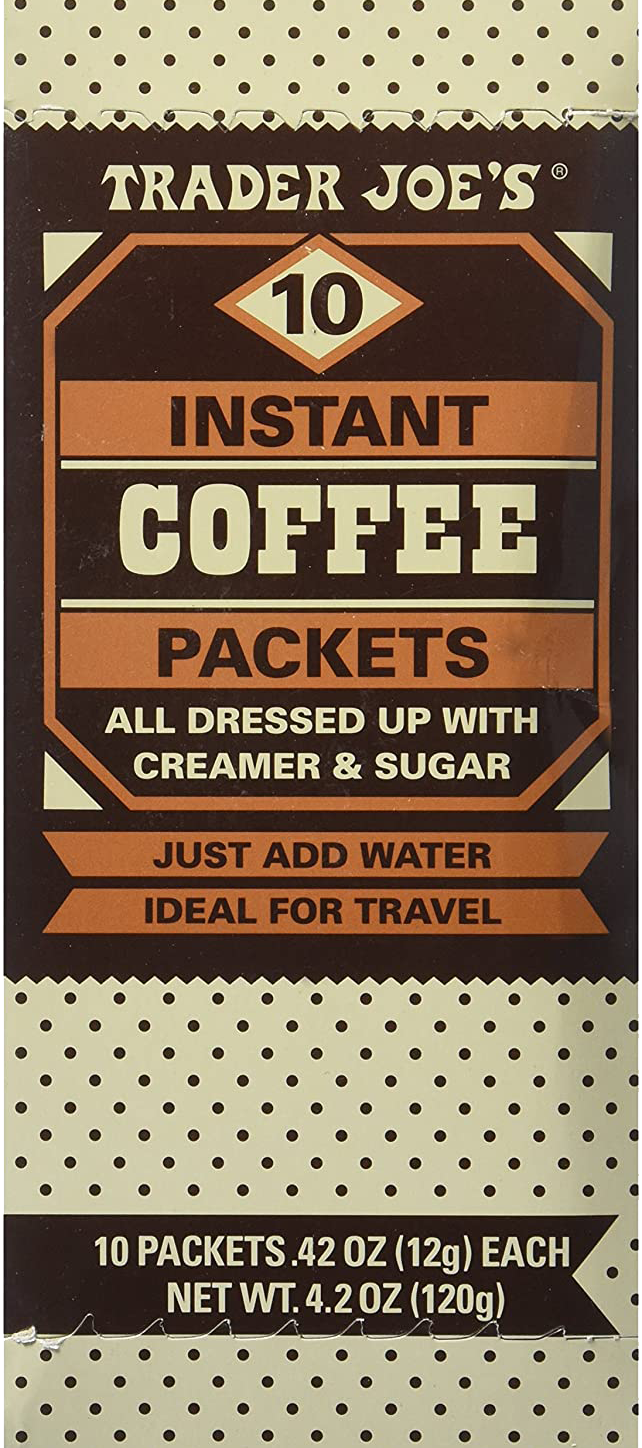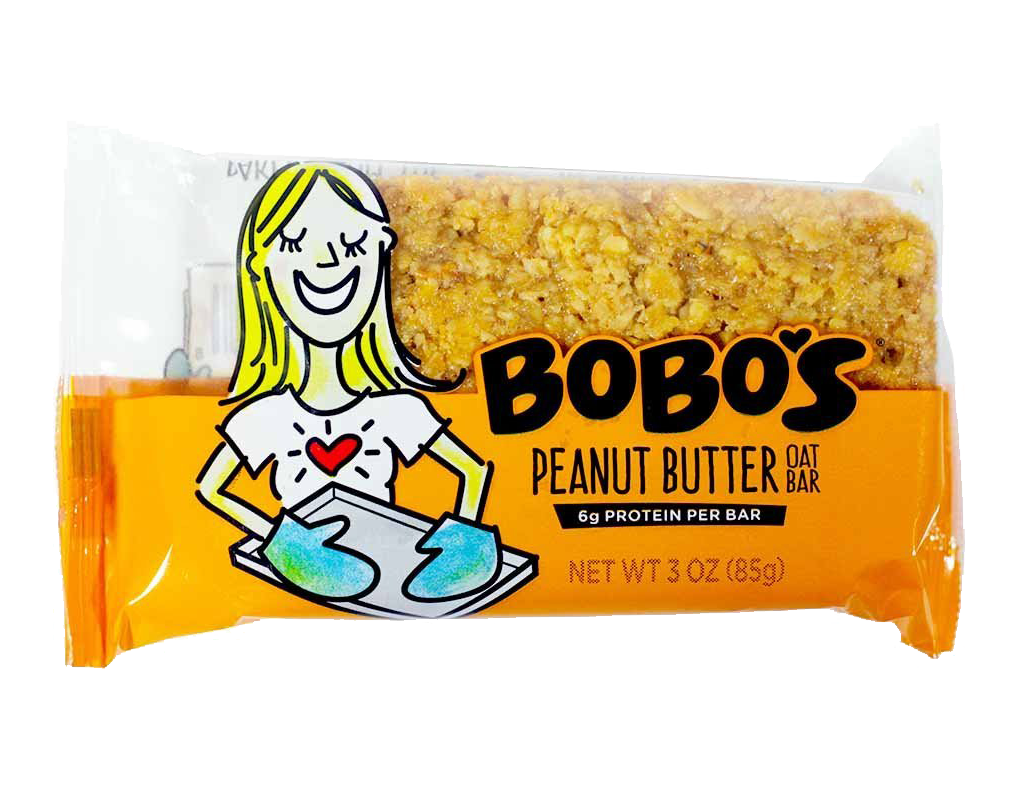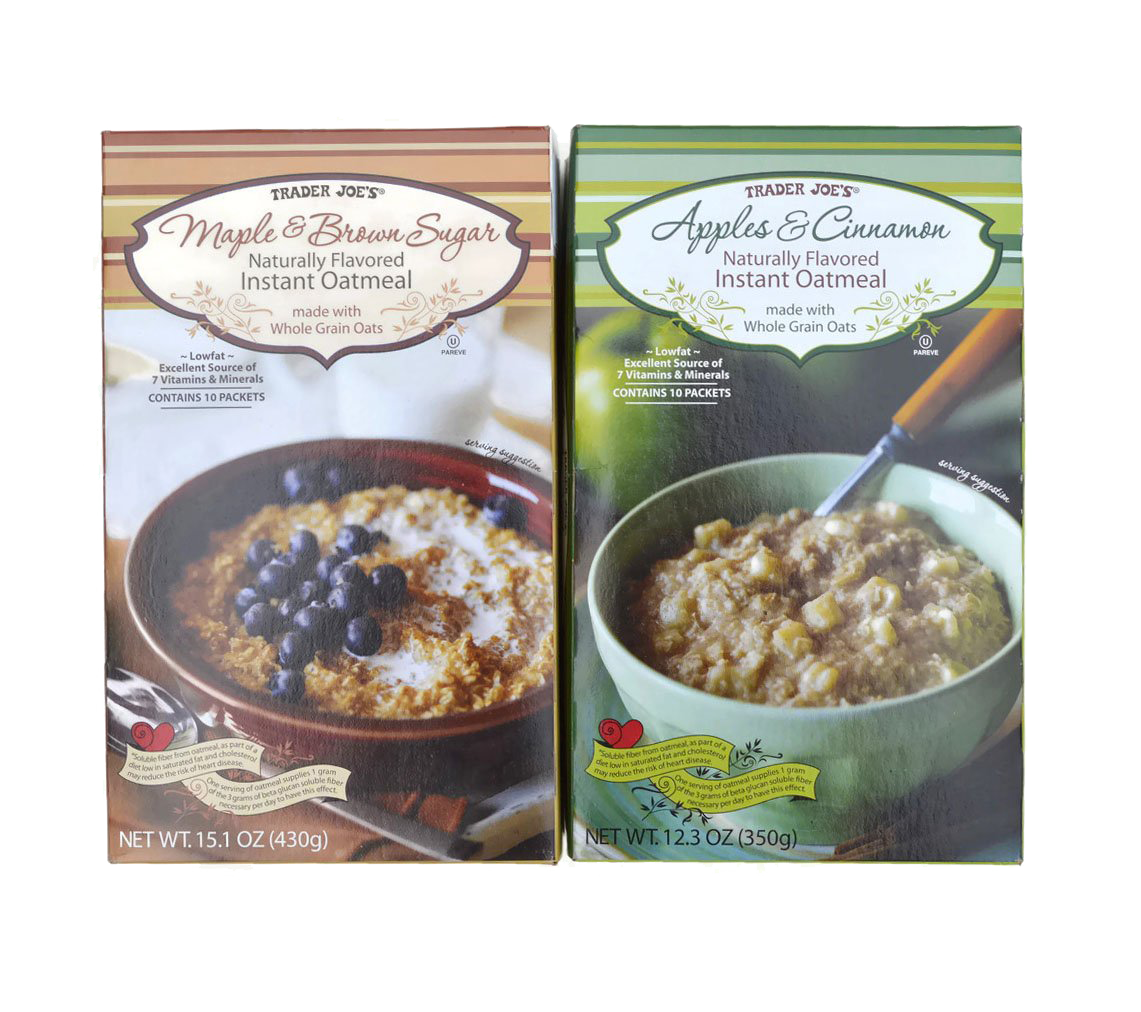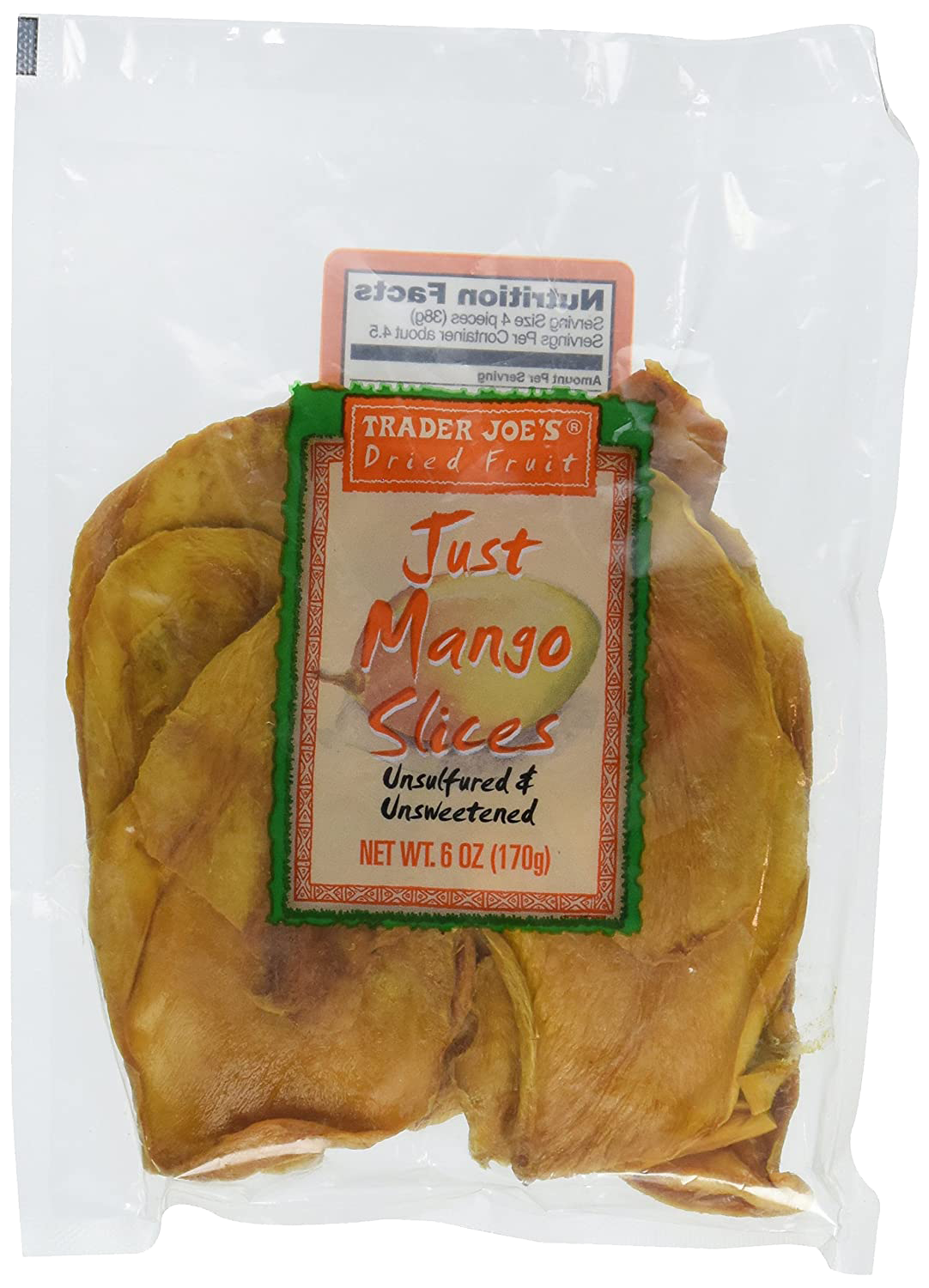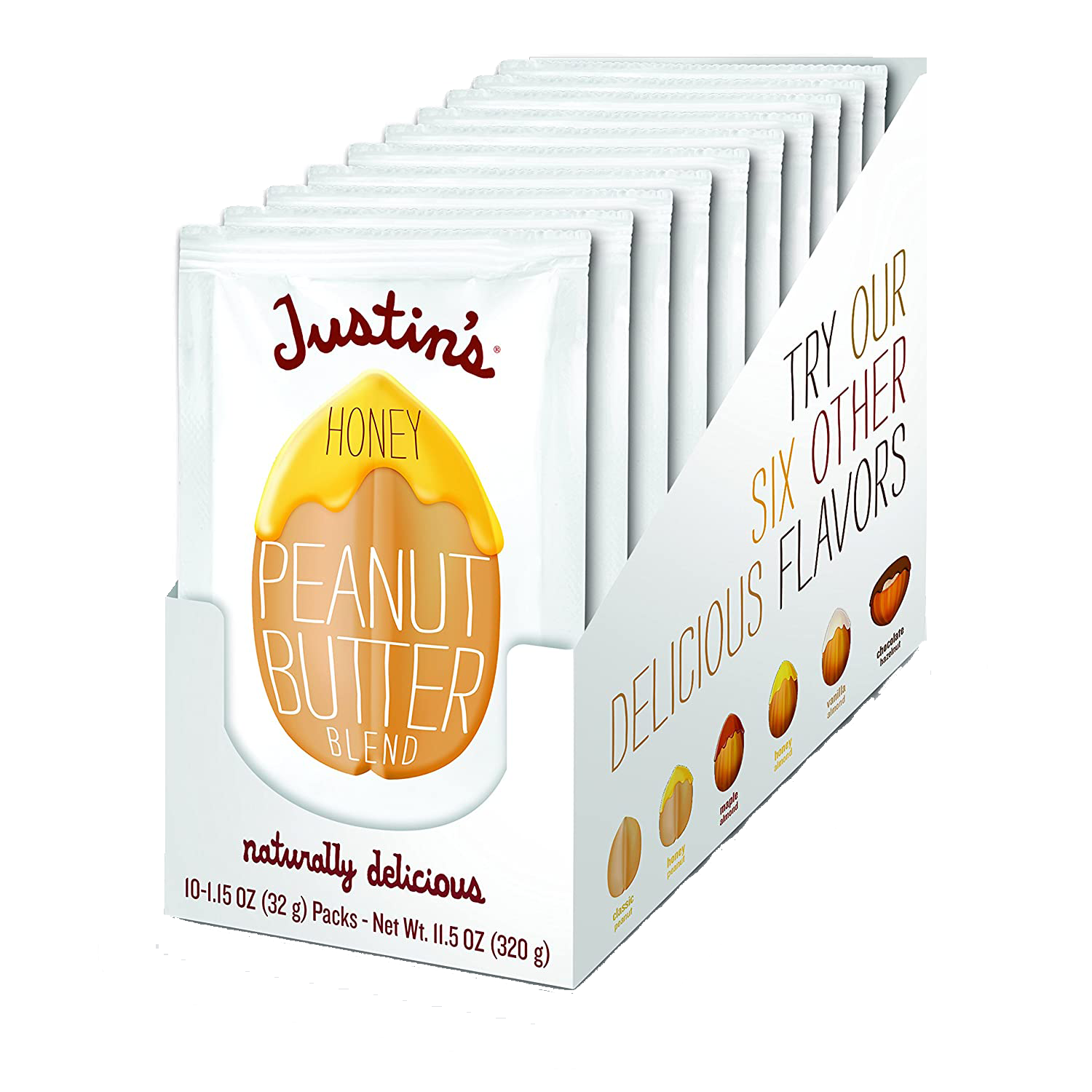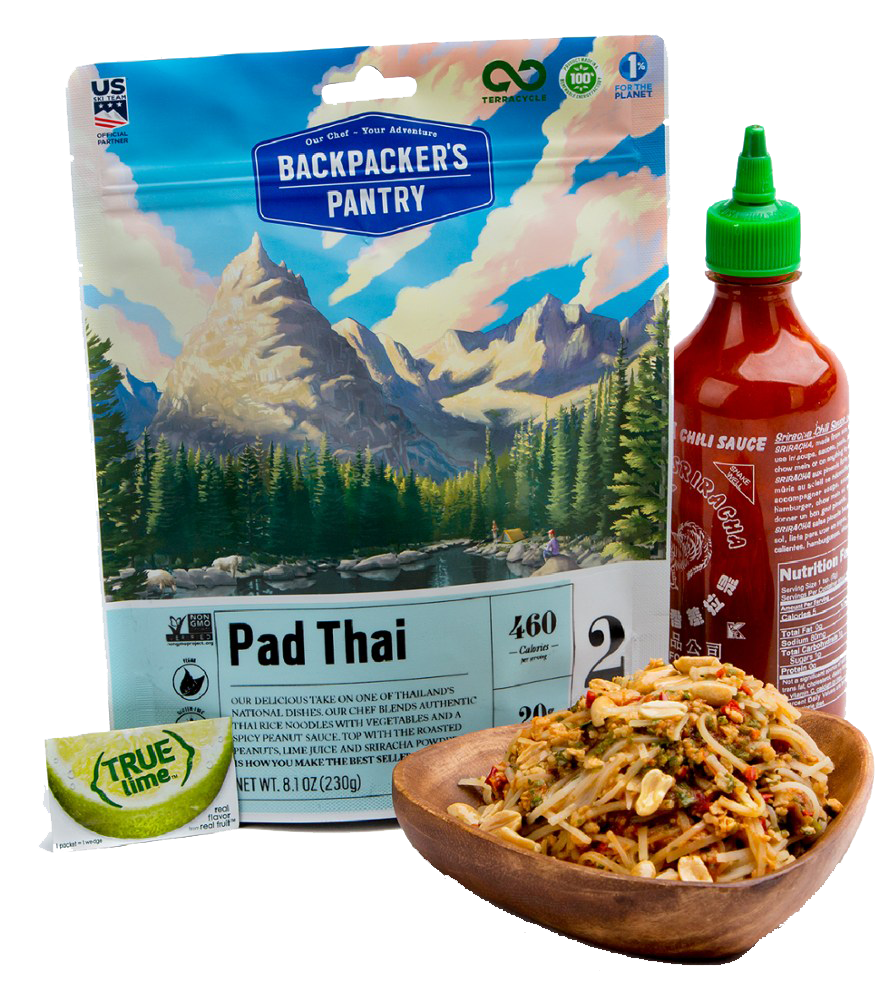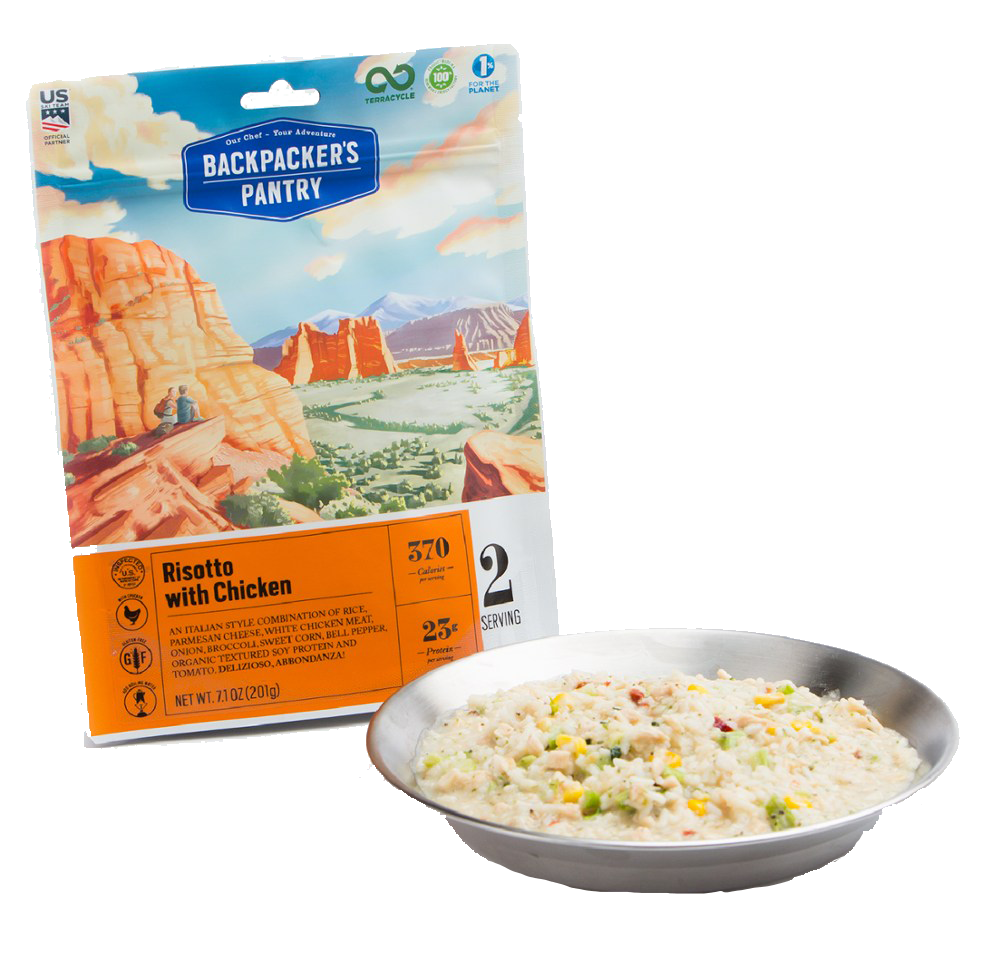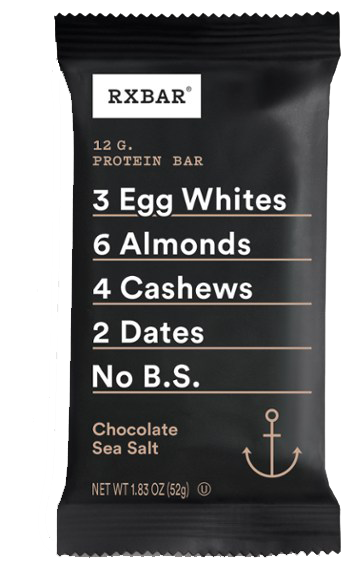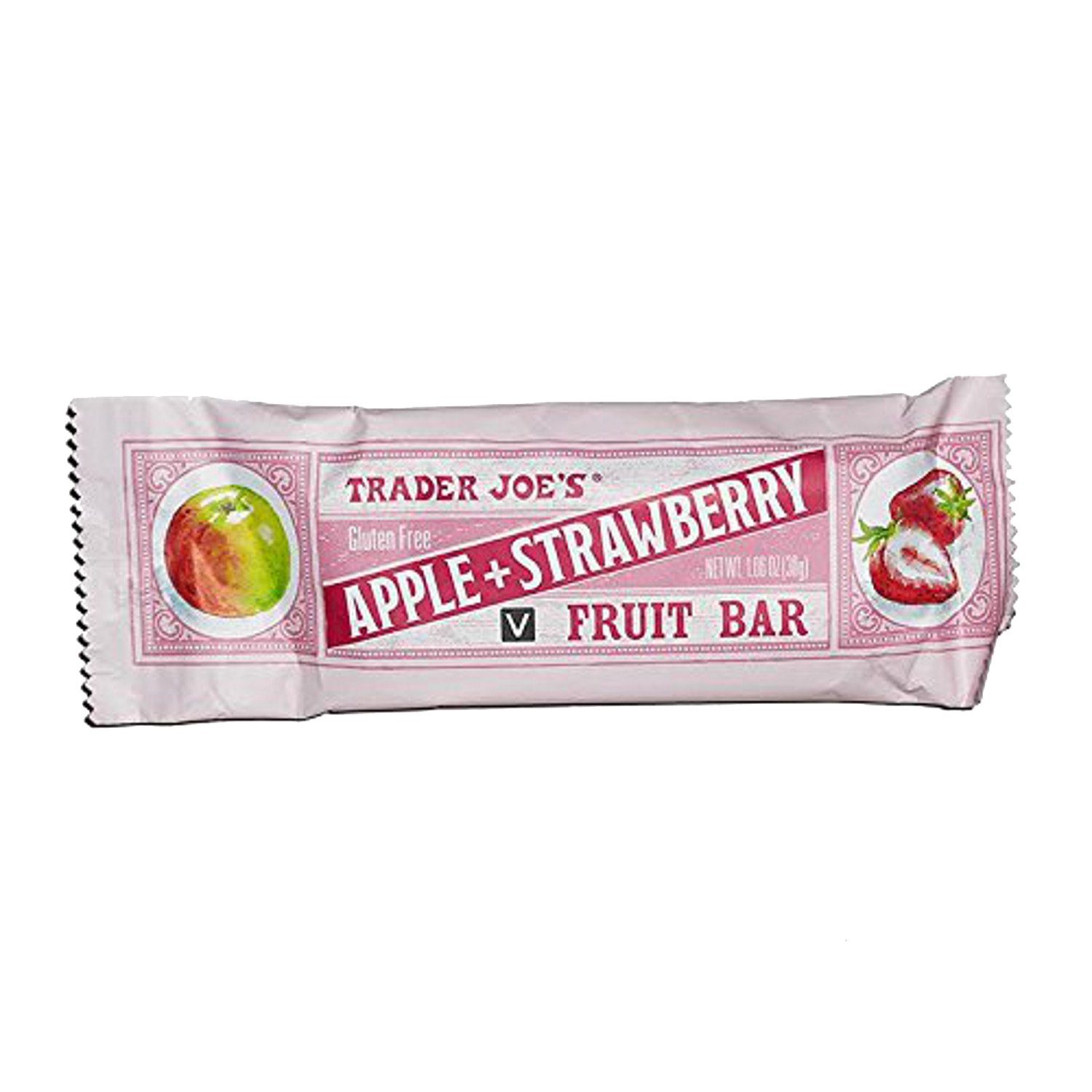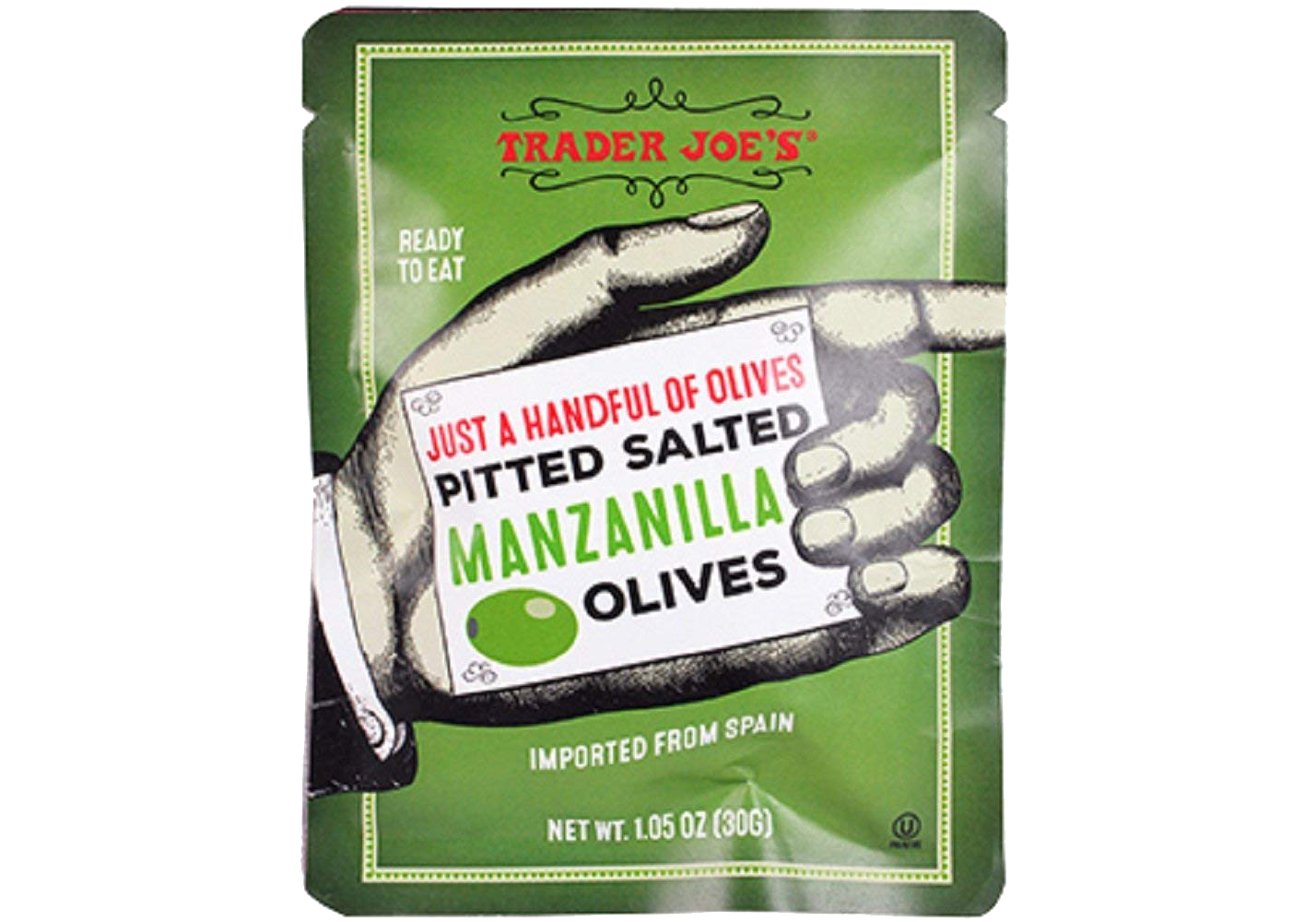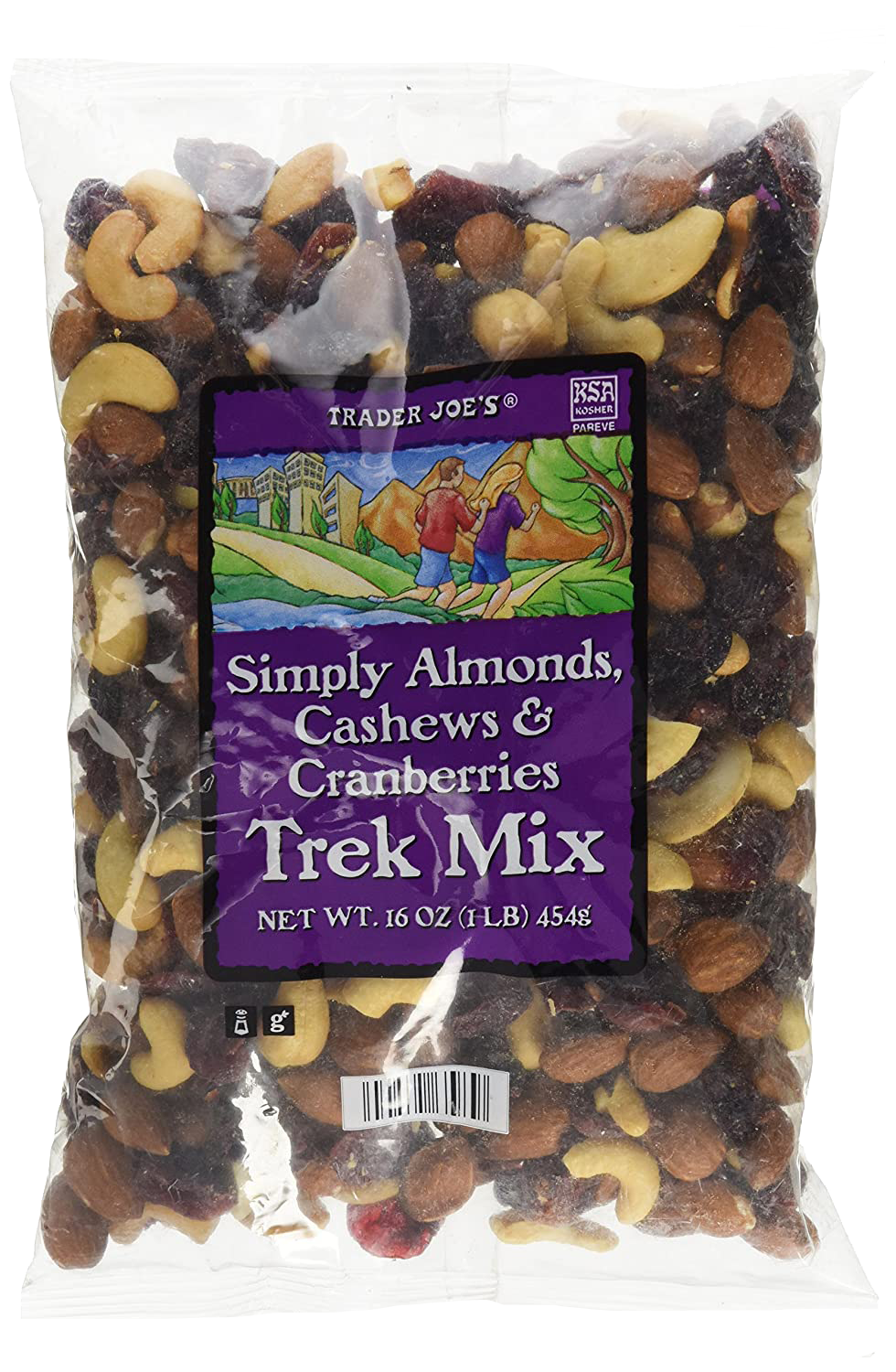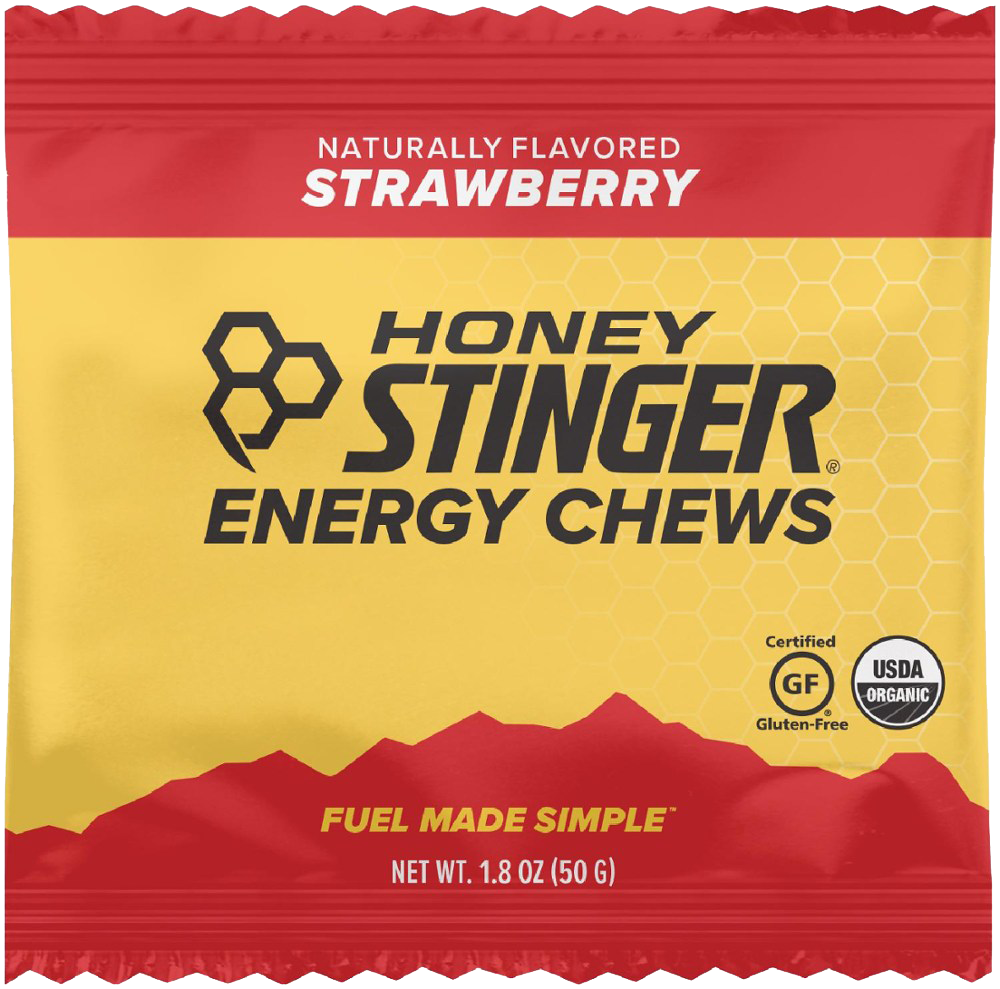Complete Backpacking Food List and Meal Plan
I’ll never forget the look I got from the grocery store worker when he individually scanned 40 different types of protein bars, 20 packets of peanut butter, and 20 packets of tuna in a variety of a flavors. You can’t buy in bulk when you need variety…
There’s a lot to consider when planning food for a thru-hike: calories, nutrition, variety, and weight. The total calories you’ll need depends on multiple factors: height, weight, age, prior physical activity, trail intensity, pack weight, altitude, etc.
It’s important to know how much you actually need, but it’s just as important to know how much you can physically eat. Always do shakedown hikes because what you think you need and what you actually can consume probably aren’t the same. However, hiker hunger is a real thing and you’ll be very surprised how much you can eat when it hits. It hit me around day nine and I had to keep myself from eating all my snacks before 10:30AM, haha.
If you’re looking for a backpacking food list for a weekend trip, check out this blog post!
HOW MANY CALORIES DO I NEED?
Start by calculating your Basal Metabolic Rate, or the calories you need to maintain basic functions.
Females: BMR = 655 + (4.35 x weight in pounds) + (4.7 x height in inches) – (4.68 x age in years)
Males: BMR = 66 + (6.25 x weight in pounds) + (12.7 x height in inches) – (6.76 x age in years)
For example, I’m 27 years old, 5’ 3”, and weigh 123 pounds. My BMR is about 1,360 calories.
I have a good level of fitness, a lot of muscle mass, and a pretty slow metabolism. While backpacking I tend to burn around 300-400 calories per hour. That puts me at a burn of around 2,800 calories per day. This is an AVERAGE in order to maintain body weight.
Based on previous experience, I knew I physically couldn’t consume that many calories even when my “hiker hunger” hit. I went on a few shakedown trips and found that about 2,400 calories was the most realistic for me. I never felt hungry or weak, but always carried extra food just in case. That’s why testing it out beforehand is extremely important! You don’t want to under or over pack food (but obviously over packing would be better in this case).
WHAT IS MY FOOD PLAN?
This is the fun part. Who doesn’t love planning out the food you get to eat?!
This is my exact meal plan with nutrition and calories for each item, and a shopping list to make it all easier to plan! Please note that this is based on my personal caloric needs. You may need more or less.
BREAKFAST
Option 1:
Trader Joe’s Instant Coffee (50 calories)
Oatmeal (160 calories) — I like to get protein oatmeal if possible
Chia Seeds (60 calories)
Dried fruit – apples & cranberries (80 calories)
Option 2:
Trader Joe’s Instant Coffee (50 calories)
Bobo’s Oat Bars (180 calories)
Dried Fruit – apples & mango (120 calories)
Let me start by saying that the Trader Joe’s Instant Coffee will change your life. I’m not exactly sure what it is but I never go one day drinking it without saying, “this coffee is absolutely amazing.” I’m a coffee guru so you can trust me on that. I’d recommend 2 coffee packets with 1 cup of water.
On a normal day, I don’t love oatmeal. I learned to love it in the backcountry. The addition of dried fruit and a mix of flavors really put it together. . When I get sick of hot oats, I cold soak them in water the night before. They are delicious cold soaked!
Bobo’s Oat Bars are absolutely amazing. They are perfect for those early wake-up days where you don’t have time for a hot breakfast.
LUNCH
Option 1 (my favorite):
Tortilla (70 calories)
Dry salami (~ 160 calories)
2 slices of cheese (220 calories)
Mustard/Mayo (10 calories)
Option 2:
Option 3:
Tortilla (70 calories)
Peanut Butter (210 calories)
Nutella/hazelnut spread (120 calories)
Raspberry Jelly packets (60 calories)
Tortillas are the perfect bread substitute because they don’t squish, don’t mold easily, AND they are extremely easy to fit in a bear canister. I personally love salami and cheese, but tuna is also a great option and comes in a variety of amazing flavors. The peanut butter packets are also a great option, I either mixed them with Nutella/hazelnut spread (midday chocolate always sounds so good) or strawberry jelly.
DINNER
Non Freeze-Dried Food Options
Ramen (371 calories) + chicken packet (150 calories)
Knorr rice sides (280 calories) + chicken packet (150 calories) — there are also knorr pasta side options but they take longer to cook
Freeze-Dried Food Options
Backpackers Pantry
Pad Thai with Chicken (410 calories)
Cuban Coconut Rice and Beans (610 calories)
Santa Fe Style Rice and Beans with Chicken (600 calories)
Risotto with Chicken (580 calories)
Peak Refuel
Thai Chicken Coconut Curry (850 calories)
Sweet Pork and Rice (750 calories) — my absolute favorite backpacking meal
Chicken Pesto Pasta (920 calories)
Good to Go
Mushroom Risotto (820 calories)
*Most freeze-dried food options are sold as 2 servings.
I’m not sure if it’s my “hiker hunger” hitting at the end of a long day or if these freeze-dried meals are really that good. Either way, I have no complaints with any of the meals listed above. I highly recommend trying the Peak Refuel Sweet Pork and Rice — it’s incredible!
I also love eating Ramen for dinner. It’s easy, inexpensive, and delicious. I normally add a packet of chicken to add protein to the meal.
SNACKS
Options
Protein Bars (180-280 calories) — my favorites are GoMacro and Clif Builder Bars
Trail Mix - nuts + dried fruit (200 calories)
Trail Mix - nuts + chocolate (if not hiking in the desert or very high temperatures) (250 calories)
Chomps Meat Sticks (100 calories)
Olives (50 calories)
Fruit Bars (90 calories)
Dried Fruit (120 calories)
Crackers with Peanut Butter (180 calories)
Honey Stinger Energy Chews (160 calories)
Chips, snack mix, pretzels, or other salty snacks
Gummies! This is a must for me on a long backpacking trip. They help me get through a big day
This is where most of your daily calories will come from. And who doesn’t love tons of snacks? I normally mix and match 3-4 snacks + energy chews for each day. Energy chews are not only delicious gummies but they will save you on that afternoon climb.
OTHER
LMNT electrolytes (10 calories) — raspberry, watermelon, and lime are my favorite flavors!
I never drink enough water and it’s super easy to get dehydrated while backpacking. These save me. I add one to a water bottle each day.
Hot chocolate (90 calories)
Dessert — Oreo’s, candy, etc.
Just in case you need a sweet treat at the end of the night, because you and I both know, we all have those nights. Hot chocolate is also great on a cold night to warm you up before bed!
SHOULD I REPACKAGE MY FOOD?
Yes! This is really important for long trips to cut down on weight and to fit everything in a bear canister. I repackage oatmeal and all freeze-dried dinners into quart-sized freezer Ziplock bags. I take a picture of the cooking instructions for each meal so I know how to make it once I’m in the backcountry. You’ll then need to place the quart-size freezer bags inside a cozy when you’re ready to cook. The cozy will not only help rehydrate your meals better but to also keep it warm after it’s cooked. Otherwise, you’ll be eating some crunchy rice and beans. Check out How to Make a DIY Cozy to make your own!
If you’d like to be more organized, you can make “grab bags” for each day using galloon-sized bags. Yes, I wish I were using less plastic, but this is a good way to keep everything organized. The gallon sized bags also work perfectly as trash bags. Here’s what’s in each bag:
coffee
1 breakfast option
1 lunch option
1 dinner
3-4 snacks
energy chews
1 electrolyte packet
Squeeze all the air out of the Ziplock bags before trying to fit everything into a bear canister. I can comfortably fit 6 days of food plus an extra emergency day of food. You may have to play a little Tetris but it will fit!
Overall, I’m extremely happy with my meal prep. I’ll always look for ways I can add daily variety, but this worked perfectly for me.
*Please note that some of the links in this post are affiliate links and I may earn a small commission if you choose to make a purchase – at no additional cost to you. These funds help make it possible for me to provide you with these resources. Thank you!

